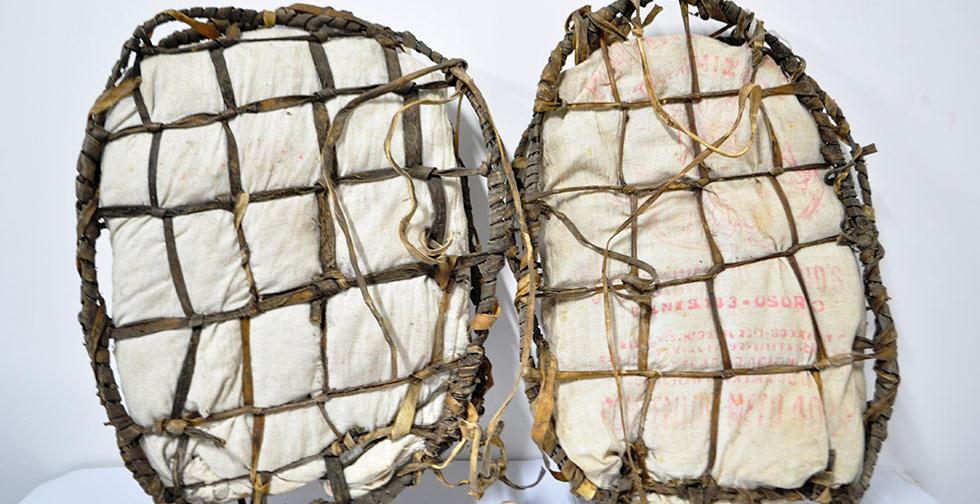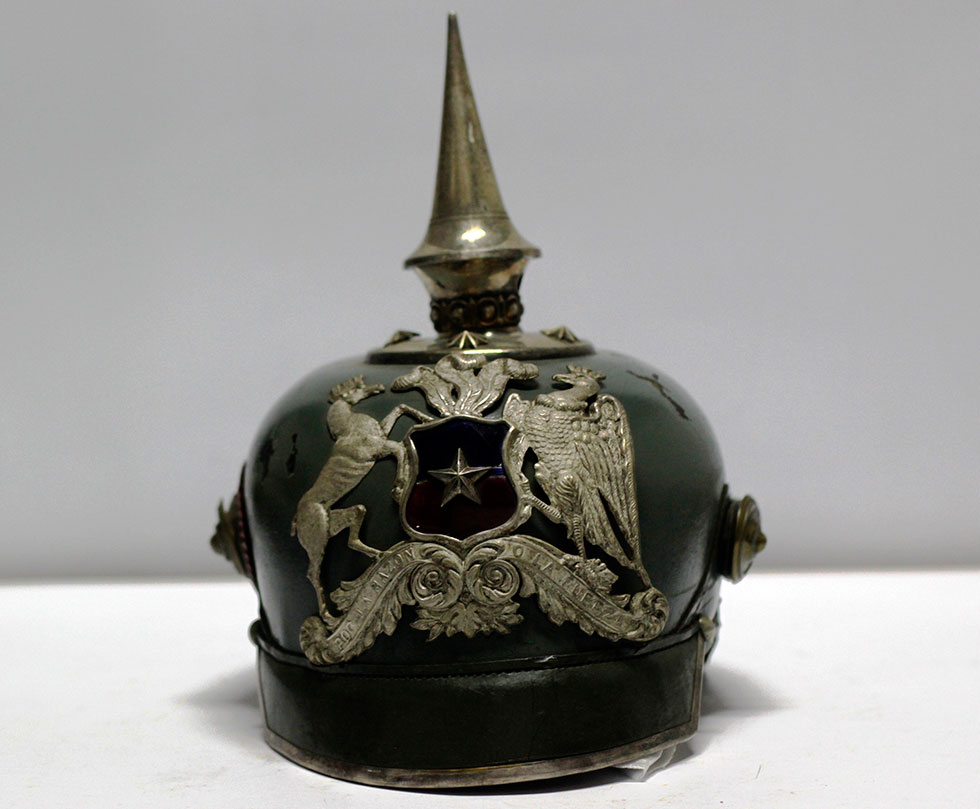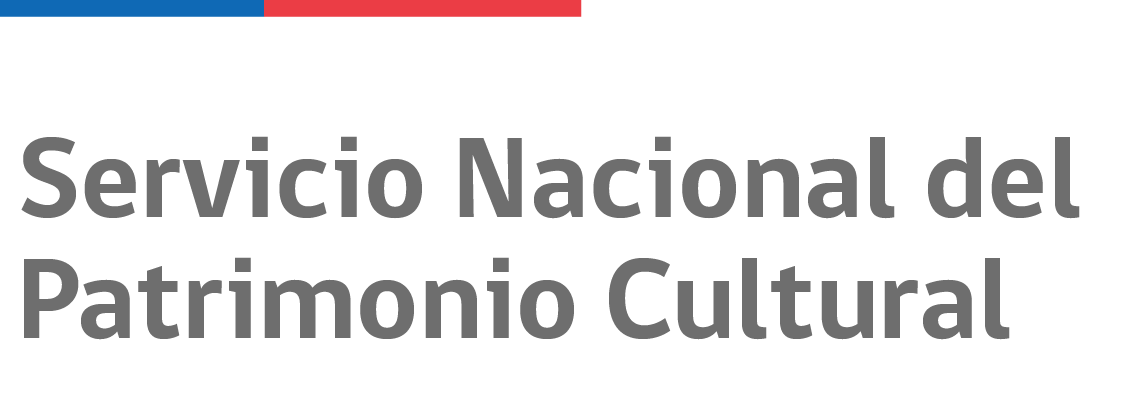
Services:
- Parking
Opening times:
Admission:
About the institution

Piece from General Marchant Uniform Collection.
Located just outside Coyhaique, the capital of southern Chile’s Aysén Region, this new museum will focus on the history and heritage of this remote part of Chile. Originally inhabited by the nomadic hunter Tehuelche peoples and the Kawésqar, who fished its coastal channels in their light canoes, the Aysén Region was not colonized until the early twentieth century.
After clearing the area’s forests - often by burning them - these early settlers took to sheep farming across vast areas of land. The restored farm buildings in which the Museum is housed are typical of the estancias that soon grew up across the Region.
Ahead of its opening, the Museum received a number of donations of objects and an important number of print and digital photographs. These collections will gradually be expanded as it takes full possession of its premises and consolidates its operations.
The buildings
The Museum is housed in what was once the Estancia Coyhaique. Located where the Simpson and Coyhaique Rivers meet, it was the administrative headquarters of the Sociedad Industrial de Aysén, a sheep-farming company with land that stretched across the Coyhaique, Ñirehuao and Mañihuales Valleys.
The company was formed in the early twentieth century when the Chilean state, eager to foster the Aysén Region’s colonization, offered important concessions of land to potential settlers. The company’s scale was such that it played a key role in the foundation of Puerto Aysén on the coast and, later, of Coyhaique itself.
As well as administrative buildings, the Estancia included kitchens, a pulpería (company shop) and even a cemetery. The buildings now occupied by the Museum include the pulpería and the warehouses.
Inside the Museum
The Museum opened with a permanent exhibition entitled “La pulpería”. It explains the system of concessions used to colonize the Aysén Region and the economic importance of wool in driving its growth. In addition, it looks at the way of life in the estancias, the role of pulperías and the logistics of supplying this remote part of the country.
In a restored warehouse, a temporary exhibition (first half of 2018) traces the evolution of whales, which can often be sighted off the coast of the Aysén Region. With recreations and audiovisual material as well as exhibits, it was mounted in conjunction with the National Natural History Museum.

